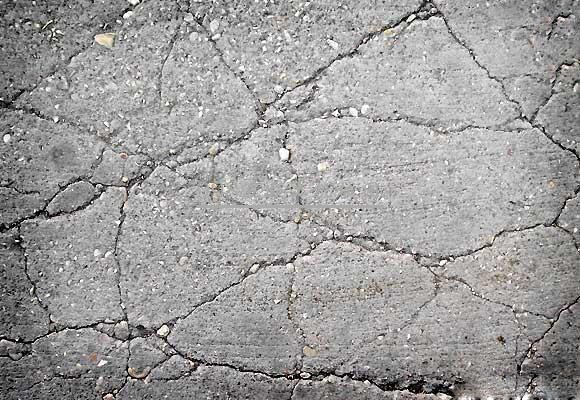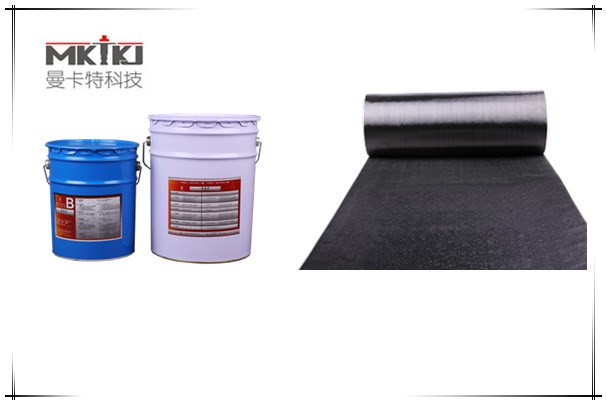In the last issue, we introduced some crack classifications common to concrete building structures. Many customers are very interested in this. Some have suggested that if they see cracks that are not like the specific shape structure described, what will they do? We will introduce you to several common methods for analyzing cracks in concrete structures. We hope that friends who watch this show will have great gains.

Before the analysis, let me talk about it. Concrete cracks generally have three states: static cracks, active cracks, cracks that are developing. The choice of concrete crack treatment methods should generally consider the factors: whether the crack is active or static; what is the main purpose of repairing? Is to reduce excessive leakage, make the crack completely water; whether reinforcement treatment is needed; What is the main reason; how the future changes (values and directions) of the cracks. Based on these, we have summed up the analysis of concrete cracks mainly including the following three aspects:
1. Is it a structural crack or a non-structural crack?
Structural cracks are mostly caused by structural stresses, resulting in insufficient bearing capacity, which is the beginning of structural failure, or a sign of insufficient structural strength. Further analysis of cracks is necessary. According to the nature of the force and the form of damage, it is divided into brittle failure and plastic failure. The characteristic of brittle failure is sudden occurrence without obvious warning. Once the crack occurs, it has great influence on the structural strength, and reinforcement measures must be taken. The characteristic of plastic failure is obvious deformation and crack indication in advance, and measures can be taken to remedy it, and the risk is relatively small.
Non-structural cracks are often formed by self-stress, such as temperature cracks and shrinkage cracks, which have little effect on the structural bearing capacity. Repair measures can be taken according to structural durability, impermeability, seismic resistance and use.
2. Identify the width, length, depth, and shape of the crack.
When the crack exceeds the limit of the specification, it will seriously affect the integrity of the component. The cause should be identified and necessary reinforcement measures should be taken according to the danger degree.
3. Determine whether the crack is stable and the development trend
As long as the stability crack does not exceed the allowable value of the specification, it is generally considered to be safe; the active crack should be judged to be larger or smaller according to the use and change, so as to determine whether to carry out reinforcement; the development of crack is often the bearing capacity of the member caused by the increase of load. It is dangerous to reach the limit state and must be reinforced.
Concrete cracks are the main reason for the reduction of bearing capacity, durability and waterproofness of concrete structures, which seriously affect the service life of buildings. Therefore, everyone should pay attention to them.

The carbon fiber cloth and filling glue method described above are only very basic parts. Professional things are still done by professional people. If you need to take measures to remedy concrete cracks, I suggest you consult some professional companies, Nanjing Mankate. We are looking forward to your call~
Link to this article: https://www.njmkt.net/Article/rhdjzwjglf.html
(Editor: Nanjing Mankate, if you need to reprint, please indicate the source)